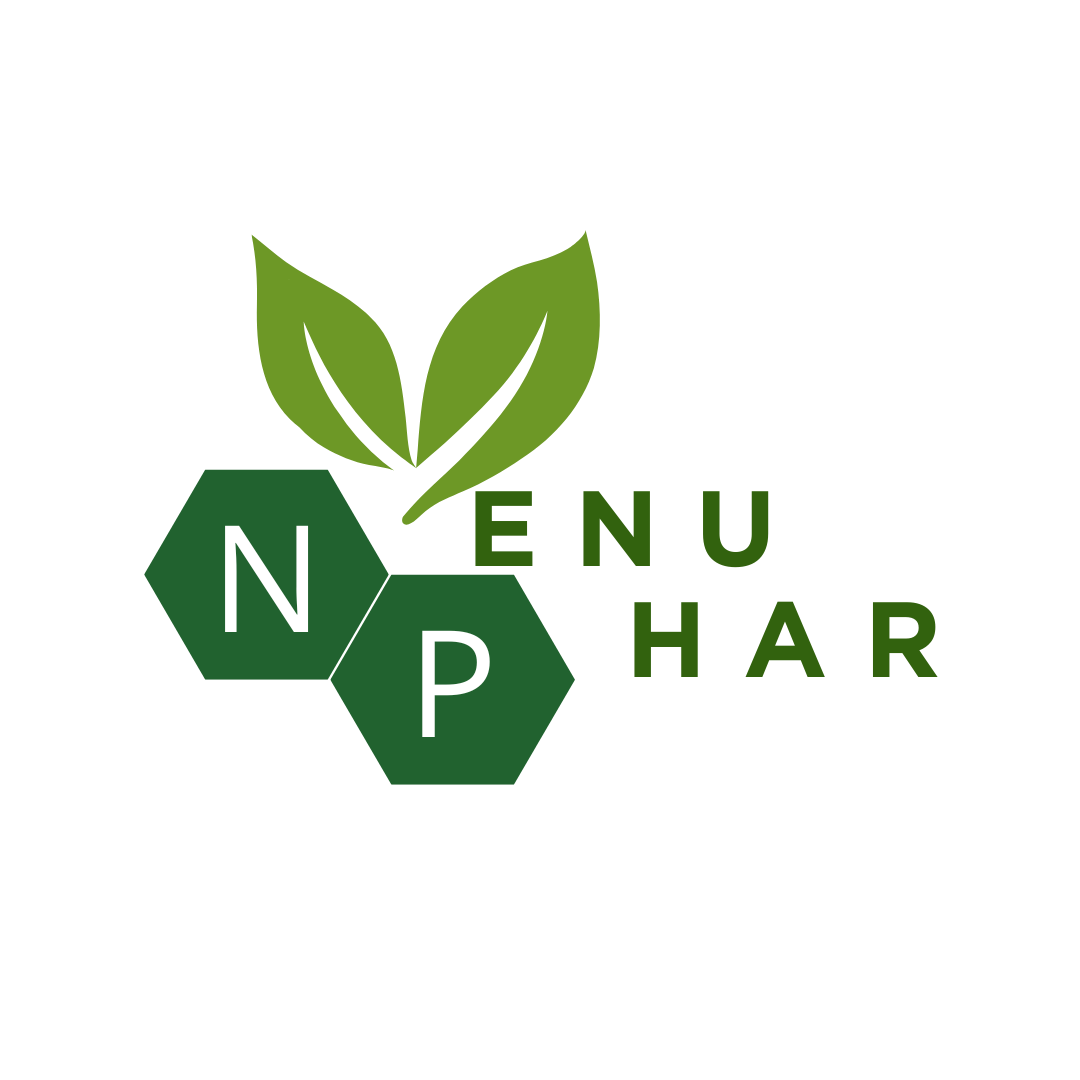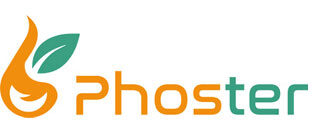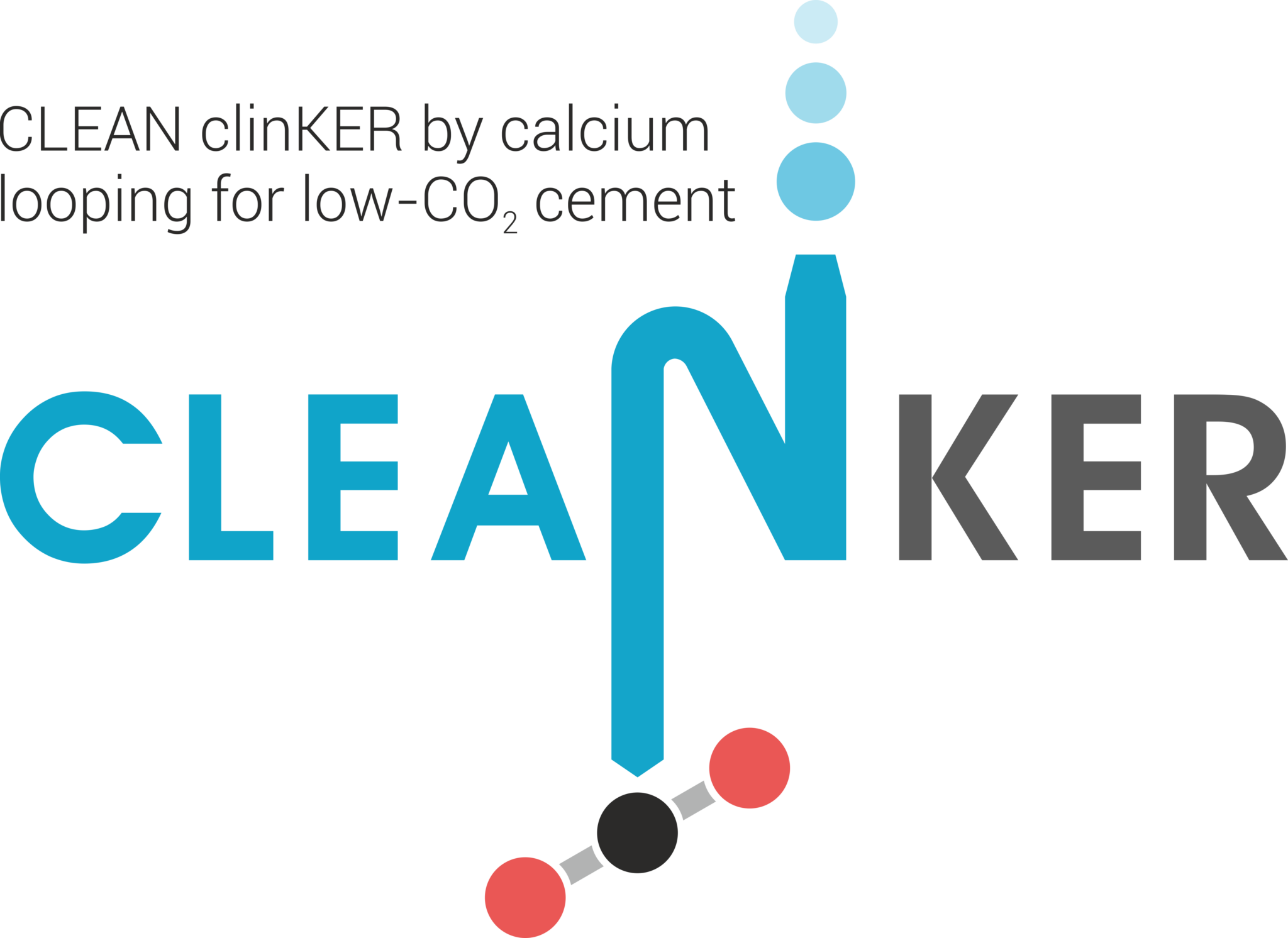Related Projects

RENOVATE
RENOVATE is a three-year project aimed at developing new circular economy solutions for the European battery value-chain. Their purpose is to recycle and re-use 100% of battery components and industrial side streams to reduce the consumption of virgin materials, the dependence on suppliers, and the generation of residues.

NENUPHAR
By recovering nitrogen and phosphorus from waste streams, the NENUPHAR project aims to provide competitively priced fertilisers and other products for the food value chain while promoting cleaner soil, air, and water systems. Achieving this goal requires significant political, regulatory, and governance efforts to involve all key stakeholders. The project targets three waste streams: manure, sewage sludge, and dairy wastewaters. It plans to introduce four main innovations: a methodology for estimating N/P emissions from fertiliser application on soil, new governance models based on network governance, innovative economic and financial incentives for both public and private entities and enabling technologies for nutrient recovery from waste.

PHOSTER
The PHOSTER projects tackles challenges related to supply of critical raw materials in the future and delivers a sustainable, replicable and scalable circular economy solution (TRL 4) for the recovery of secondary minerals and metals from incinerated sewage sludge ashes and mining industry by-products to substitute primary critical raw materials (phosphorus, magnesium) in the manufacturing of fertilisers. The methodology is based on an integrated assessment of the production process for high-value finished product recovery aimed at optimising technical, economic, environmental and social performance of the production process and recovered products from the inception phase onwards.

CLEANKER
CLEANKER aims at demonstrating at TRL7 the Calcium Looping (CaL) concept, one of the most promising technologies for CO2 capture in cement plants, in a configuration highly integrated with the cement production process, making use of entrained flow reactors. The CLEANKER core activity is the design, construction and operation of a CaL demonstration system that will capture the CO2 from a portion of the flue gas of the cement plant in Vernasca (Italy) operated by Buzzi Unicem, using as CO2 sorbent the same raw meal used for clinker production.
